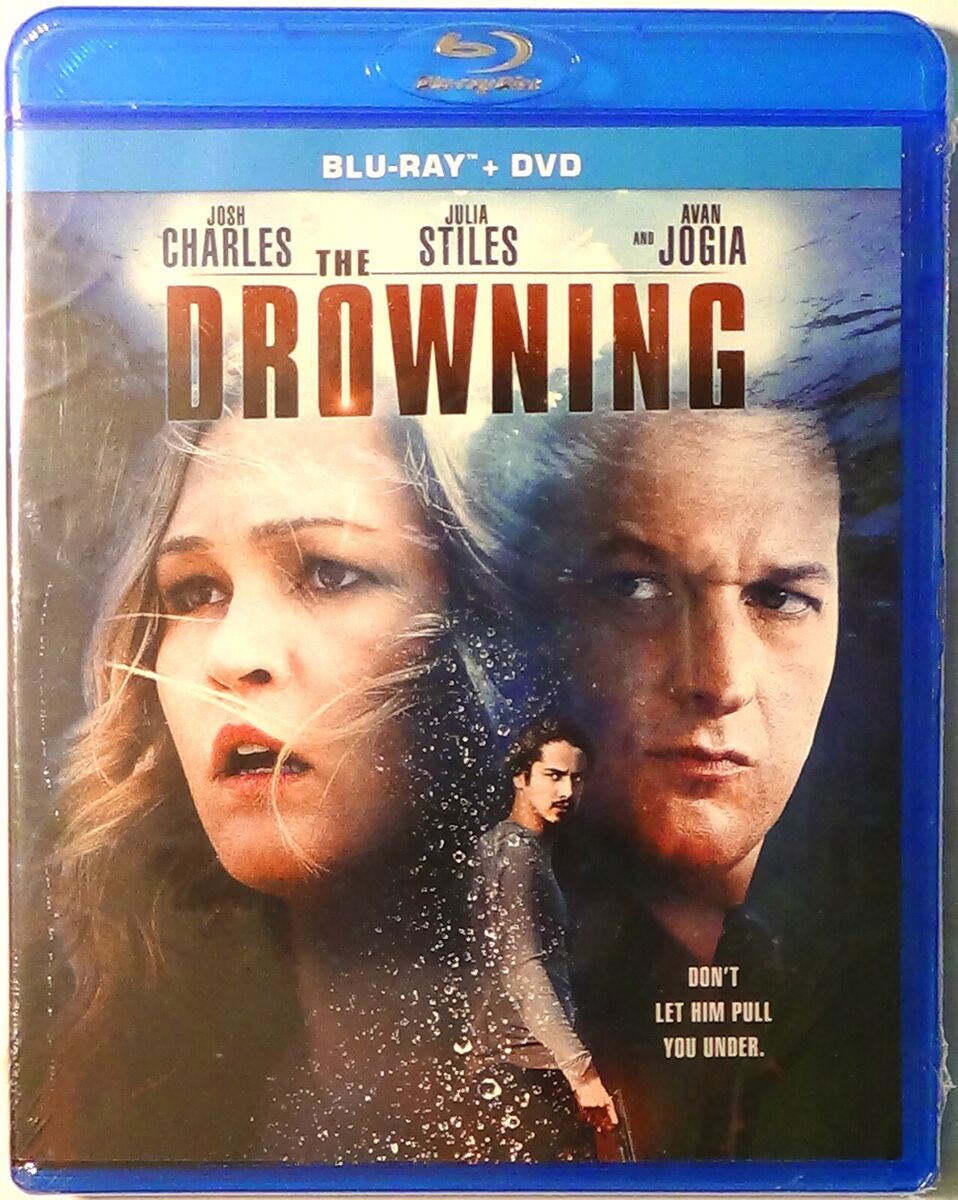
**The Polio Panic of the 1940s and the Insights It Provided on Statistical Misuse**
The summer seasons of the 1940s and early 1950s brought more than just sweltering temperatures and children’s laughter. They represented a period of significant anxiety for parents worried about polio, a crippling illness that impacted thousands, frequently resulting in paralysis or even death. With no vaccine accessible, families rushed to reduce their exposure, often following public health guidance that, in retrospect, frequently fell short. A notable illustration? Steering clear of ice cream.
Who could implicate a cherished summertime delight in a serious disease like polio? This misconception originated from a study that identified a correlation between ice cream intake and the disease. At that time, it appeared convincing—polio cases spiked during summer months alongside ice cream sales. However, we now understand that this correlation was entirely coincidental, arising from the common element of “summer.” The authors of this study mistook correlation for causation, a common statistical blunder that has repeatedly misdirected public comprehension.
This chapter in healthcare history imparts a crucial lesson: data misinterpretation without analytical thinking can lead to misguided advice and unfounded anxieties. In today’s world, where research and data swiftly escalate, these concerns remain pertinent. Flawed statistical interpretations and the misrepresentation of research in mainstream media continue to cloud our grasp of science and health. Let’s explore six prevalent statistical errors that both scholars and the general public encounter, along with tips on how to identify and steer clear of them.
—
### **1. Confusing Correlation with Causation**
The ice cream and polio case stands out as a notorious instance of mistaking correlation for causation. Yet, the realm of statistics is filled with equally bizarre examples. Consider the curious but closely correlated relationship between the release of Nicolas Cage films and drownings in swimming pools. Does this imply Cage’s movies are hazardous for swimmers? Clearly not. Another peculiar example? The strange “association” between eating organic foods and autism prevalence. While these correlations may elicit amusement due to their absurdity, they highlight a serious concern: correlation only indicates that two variables change together, not the reason for it.
To differentiate between the two, statisticians search for confounding variables—hidden factors that contribute to the occurrence of both A and B. In the scenario of polio and ice cream, the season was the key factor, increasing both ice cream consumption and the risk of the disease (possibly due to increased person-to-person interactions). Always consider: *Is there another factor influencing this relationship?* If so, correlation alone cannot establish causation.
—
### **2. Data Fishing: Searching for Patterns That Don’t Exist**
The field of medical research is rife with studies that sift through extensive datasets for patterns. While this approach can uncover valuable findings, it also runs the risk of yielding misleading results through “data fishing.” Imagine surveying a random group of 1,000 individuals and searching for correlations with their health outcomes. If you examine 20 different hypotheses, even under rigorous statistical guidelines, there’s a good chance that *one* will emerge as artificially significant simply by chance.
This statistical misstep highlights the importance of researchers stating their hypotheses clearly and steering clear of “fishing” for results without sound reasoning. For readers, always consider: *Did the researchers evaluate multiple variables and only report the one that appeared significant?* If the study fails to address this, approach their conclusions with caution.
—
### **3. Small Sample Sizes Yield Unreliable Findings**
The smaller the sample size in a research study, the less trustworthy the findings become. Picture flipping a coin just twice and landing on “heads” both times. Would you assume the coin is biased? Certainly not. However, studies with very small sample sizes often make sweeping generalizations. For instance, if researchers detect minimal differences between two groups (such as those who consume a particular snack versus those who don’t), those disparities might merely be due to random variation in small samples.
Conversely, larger samples produce more dependable average values and facilitate the identification of smaller, more significant effects. A general guideline: when a study presents striking assertions yet involves only a few participants, be cautious about its conclusions.
—
### **4. Misinterpreting the P-Value**
The concept of “p-value” is arguably the most misinterpreted statistical term in contemporary science. It indicates the likelihood of obtaining the observed data (or something more extreme) assuming there is no genuine difference between groups (the “null hypothesis”). A p-value below 0.05 is generally viewed as “statistically significant,” but this cutoff is not infallible.
Firstly, a low p-value does *not* confirm that the hypothesis is true. It merely implies that the data would be unlikely under the null hypothesis. Additionally, p-values can be easily manipulated by conducting numerous comparisons (see